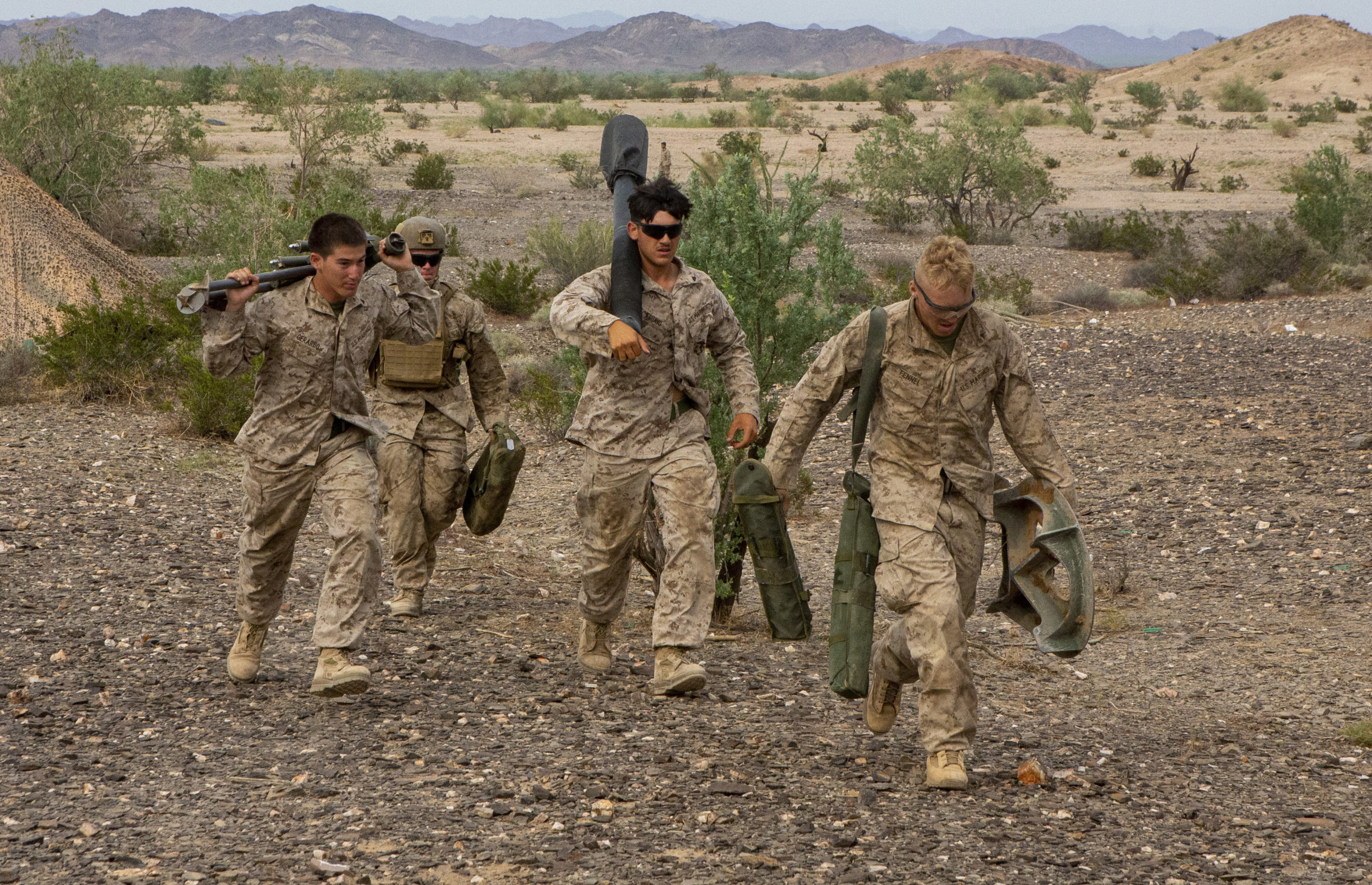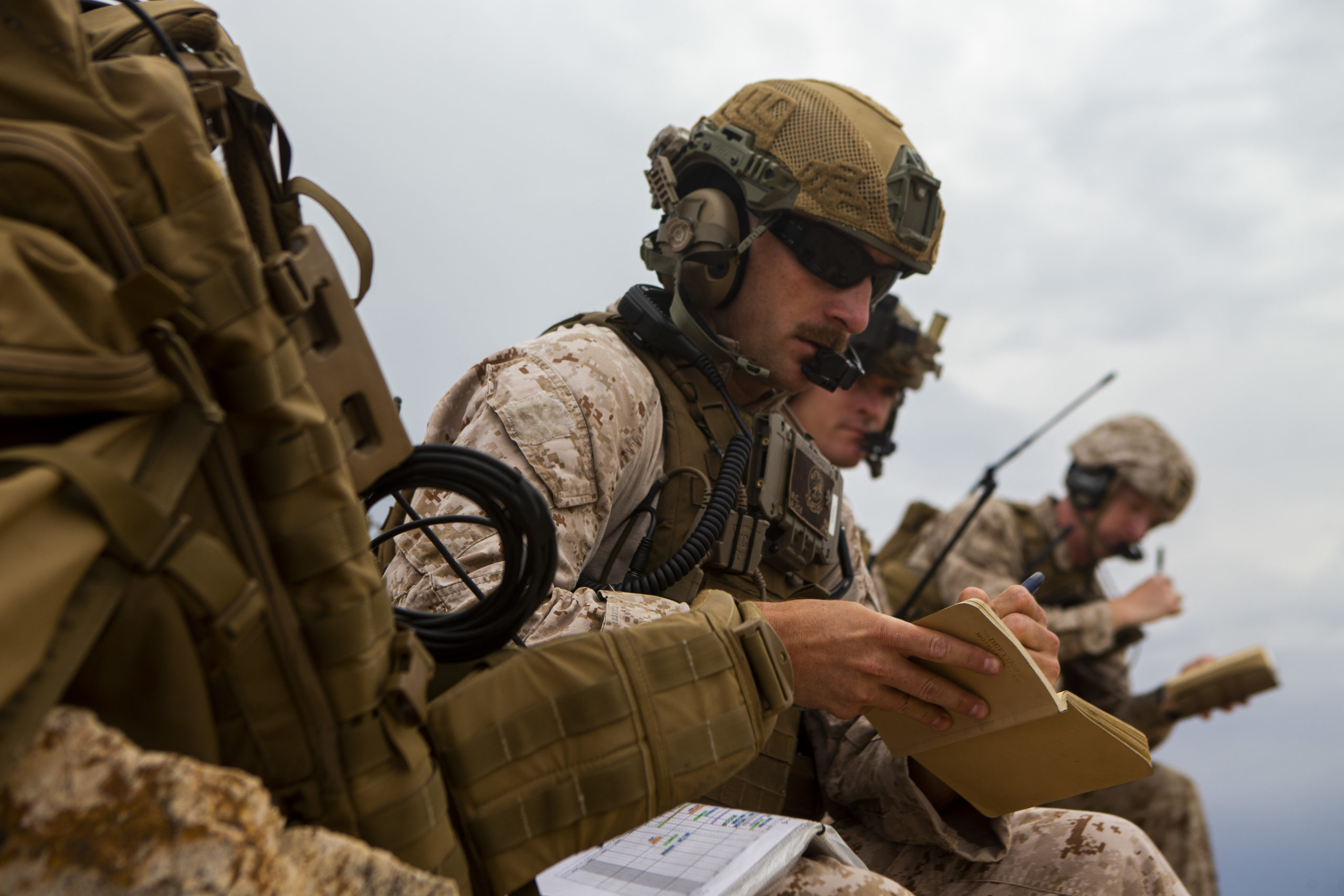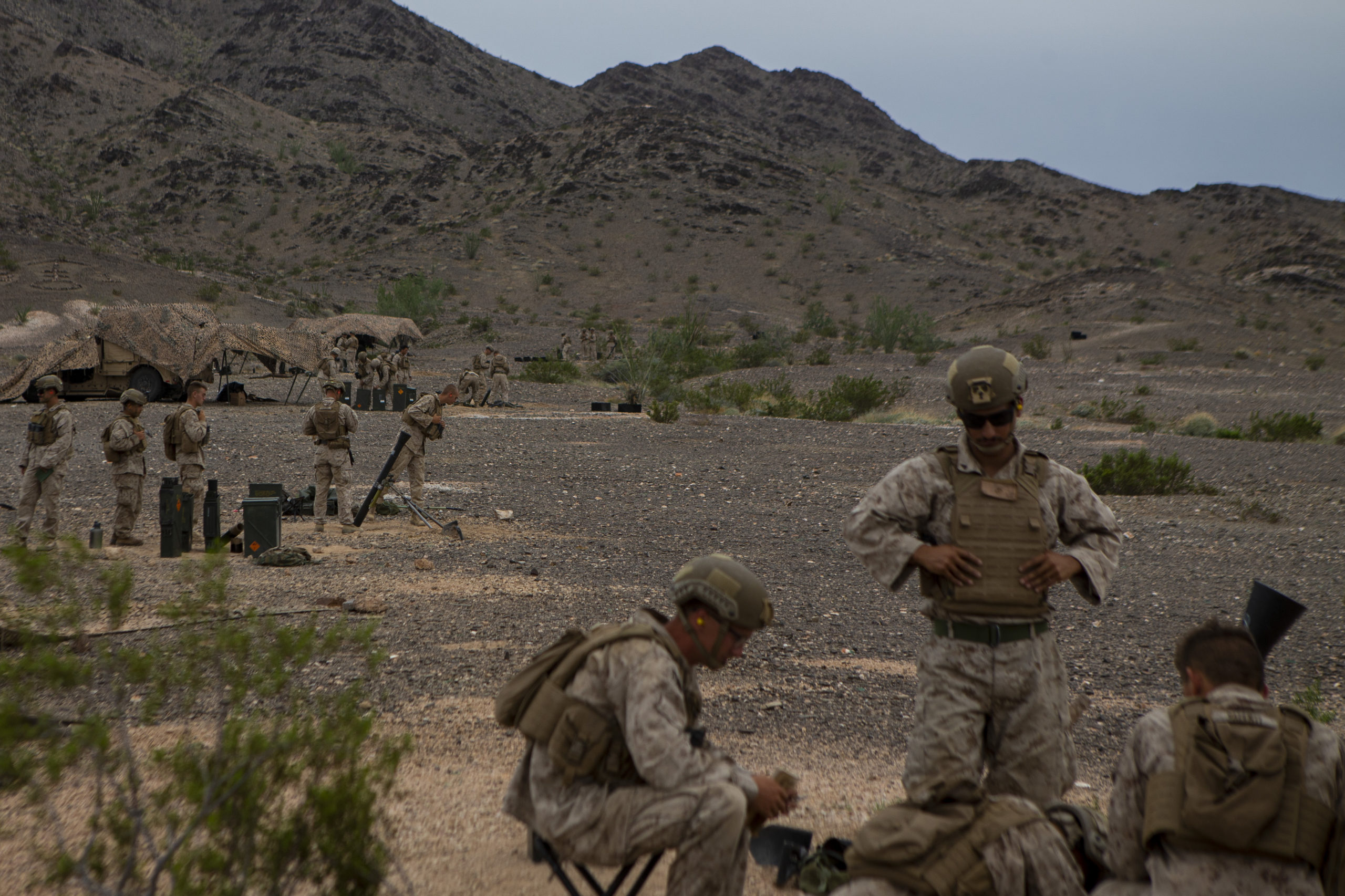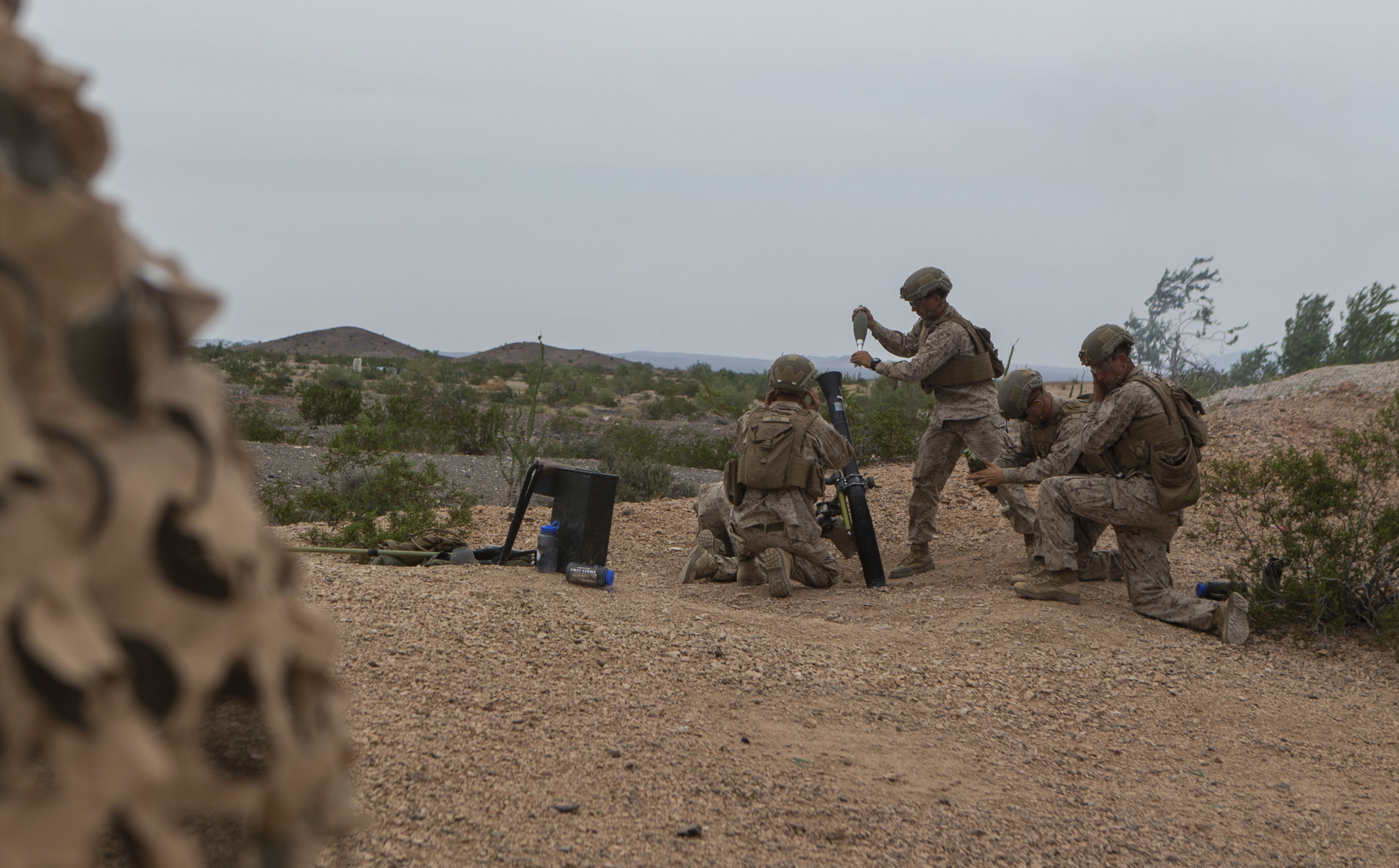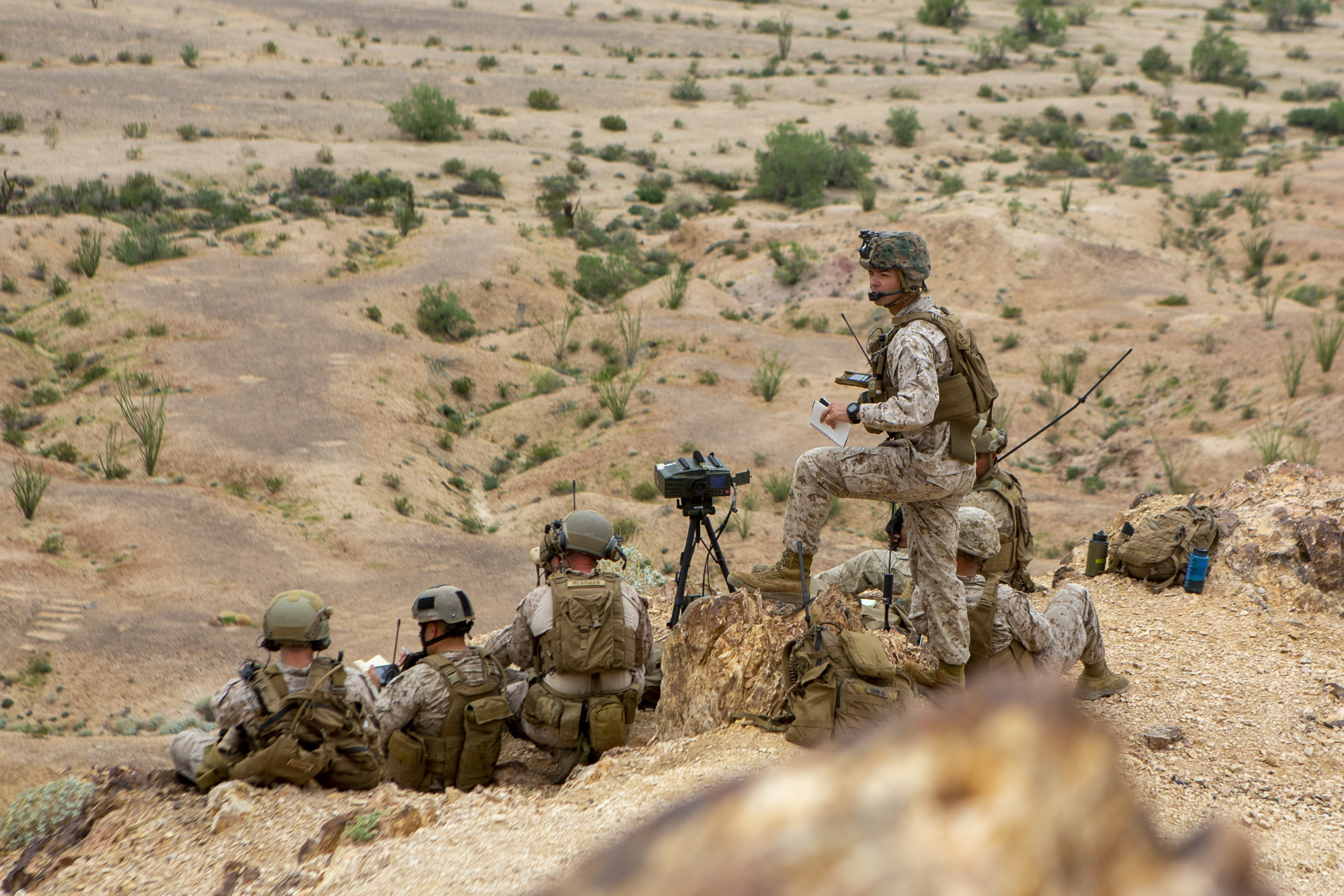By Robbin Laird
In my recent visit to MAWTS-1, I had a chance to talk with a seasoned USMC artillery officer who is now part of the Ground Combat Department at MAWTS-1.
The GCD deals with the entire integration focus of the marines from sea, land, to air, and in the case of fires, the challenge of fires integration for the organic USMC as well as the evolving challenge of working fires integration with the joint force deployed at distance in the Pacific.
In my discussion with Major Dossetto, we discussed the enhanced importance of the ground-based artillery with the elimination of the tanks within the USMC for the ground maneuver forces. He noted that for II MEF, based in North Carolina, and engaged in European and Middle Eastern defense engagements, ground-based artillery pieces are a primary source to provide effects for the integrated ground maneuver force.
He then noted that with III MEF engaged in significant change associated with Force Design 2030 and focused on the evolving scheme of maneuver for Pacific operations, the question of distances posed several challenges different from working fires integration in either the European or Middle Eastern areas of operation.
First, the challenge of distance means that the fires solution set revolve around missile batteries and as I discussed when in Hawaii with the MARFORPAC Marines, the USMC is working new ways for the Marines to use ground-based missile fires to support the U.S. Navy in sea control and sea-denial operations.
But, secondly, Major Dossetto highlighted the challenge of working joint strike in a dynamic targeting environment.
The challenge is to get the approval authority and clearance in a timely manner against the right targets at the right time. This poses a major challenge for the evolution of C2 as the joint forces whether they be the Marines working with the Navy, or the Marines working with either the Army or Air Force, requires C2 integration to have an effective process for approval authority and clearance for fires support.
One issue we discussed was the advantage the Marines have over the Army in terms of working fires support organically which is based on integration of rotary wing along with fixed wing assets with the ground fires support elements. The Marines organic integration of fire support from the ground and from both rotary wing and fixed wing assets means that the USAF, for example, finds how the Marines do fires integration to be very compatible with their own thinking with regard to the ways ahead with regard to dynamic targeting.
I am quite struck with how the evolution of artillery pieces in the ground scheme of maneuver can become even more important in the future, in terms of the ability of mobile artillery to move around the battlefield and be camouflaged to make them a difficult target to eliminate.
For example, as Germany rethinks how it could deploy force to the evolving European theater of operations, having a heavy lift helicopter like the CH-53K to move German artillery pieces into the various seams which the Russians might wish to exploit in times of conflict is a key part of the deterrent capability which can be deployed rapidly and effectively.
When I asked Major Dossetto what he felt was the key priority for the fires support elements in the Marines going forward, he had a very clear answer: “We need to refine our processes for joint fire support integration and be able to deliver responsive strike in a joint environment. That means delivering more rapid decision-making and that requires more rapid approval authority and clearance on the battlefield.”
Featured Photo: U.S. Marine Corps mortarmen, with 3rd Battalion, 1st Marine Regiment, 1st Marine Division, prepare a mortar firing line during Weapons and Tactics Instructor (WTI) course 1-22, at Observation Point Feets, Chocolate Mountain Aerial Gunnery Range, Calif., Sept. 24, 2021. WTI is a seven-week training event hosted by Marine Aviation Weapons and Tactics Squadron One, providing standardized advanced tactical training and certification of unit instructor qualifications to support Marine aviation training and readiness, and assist in developing and employing aviation weapons and tactics. (U.S. Marine Corps photo by Cpl. Jeremy Alfaro).
The USMC Transformation Path: Preparing for the High-End Fight


